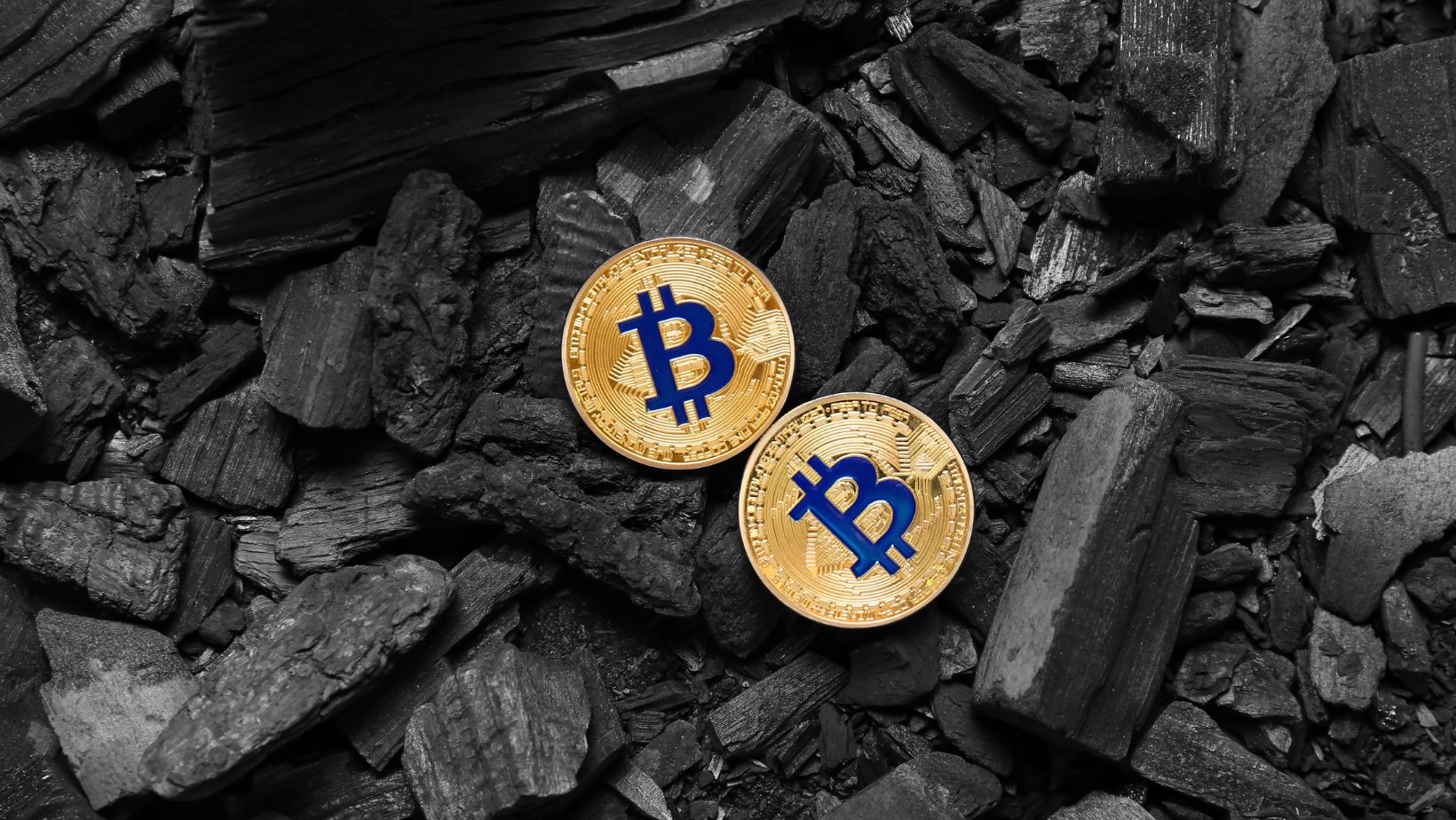Cryptocurrency is a hot topic. But have you ever wondered what affects its price? One significant factor is the cost of mining. High electricity costs can make mining more expensive. This can drive up the price of the cryptocurrency. Scarcity and demand also play a big role.
In this article, we’ll dive into how mining costs influence crypto prices. It will explore the historical trends, key factors, and the role of energy and technology. It will also look at geographic differences and how crypto platforms play a role.
Historical Trends in Mining Costs and Prices
In the early days of Bitcoin, mining was cheap and could be done on regular computers. But as more people got into the game, the puzzles got harder. This meant miners needed more powerful and expensive equipment. As a result, mining costs shot up. Interestingly, when mining costs rise, so do crypto costs. It’s like a seesaw: when one end goes up, the other does, too.
Key Factors Affecting Mining Costs
Several things affect mining costs. First, there’s the price of electricity. Mining rigs, those powerful computers, need a lot of power. So, if electricity costs go up, so do mining costs. Second, the cost of mining equipment matters.

These machines can be very pricey. Lastly, there’s competition. More miners mean more competition, which can drive up costs.
The Relationship Between Mining Costs and Market Value
So, how are mining costs and prices of crypto related? It’s a bit of a dance. When mining becomes more expensive, miners need to sell their crypto at higher prices to make a profit. This can push the market value up. On the flip side, if mining gets cheaper, miners can afford to sell at lower prices, which might bring the market value down. It’s a delicate balance, much like walking a tightrope.
Impact of Energy Prices on Mining Costs and Prices
Energy prices are a big deal in the mining world. Remember those high electricity bills we talked about? If energy prices spike, mining costs do too. This often leads to higher prices. For example, if there’s an increase in oil prices, electricity costs can rise, impacting mining. It’s a domino effect: one thing leads to another, eventually affecting the overall costs.
Geographic Variations in Mining Costs and Their Effect on Prices
Did you know where you mine can make a big difference? Some places have cheaper electricity or cooler climates, which are ideal for mining.

Cooler temperatures help because those powerful computers get hot and need cooling. Countries like Iceland, which has cheap geothermal energy and a cold climate, are famous for mining. On the other hand, places with expensive electricity or hot climates aren’t as cost-effective. These geographic differences can influence the global crypto market.
The Role of Crypto Platforms in Stabilising Mining Costs and Prices
Finally, let’s talk about crypto platforms. These platforms, like exchanges and wallets, play a big role. They provide a marketplace for buying and selling crypto, which can help stabilise prices. Some platforms also support mining pools, where miners combine resources to reduce costs and share profits. This can make mining more accessible and help keep prices stable.
And there you have it! Mining costs play a crucial role in shaping crypto prices. From energy prices to technological advancements, many factors come into play. Understanding these can give you better insight into the ever-changing world of cryptocurrency.


More Stories
Mitigating Risks of Uncontrolled Gambling: Common Issues and Tips to Remain Responsible
The Origins Of The Most Popular Casino Games
Cricket Match Result Predictions Using 1xBet Data Tools